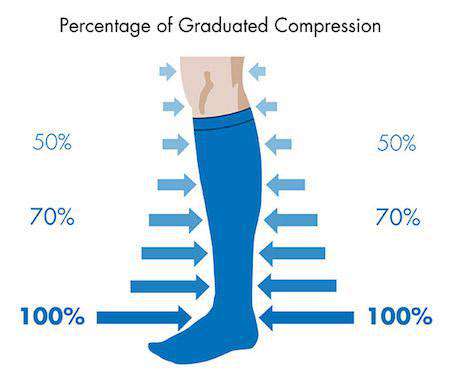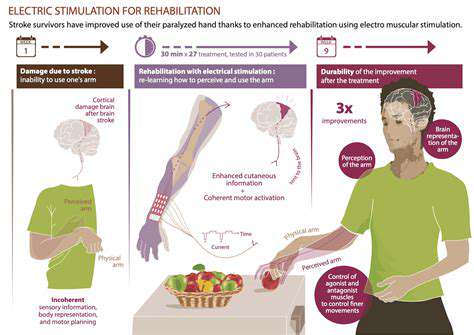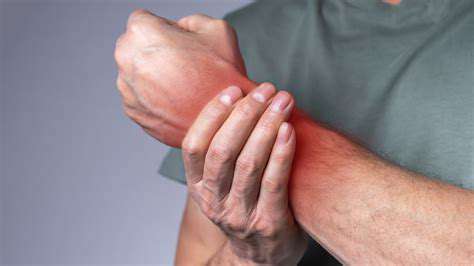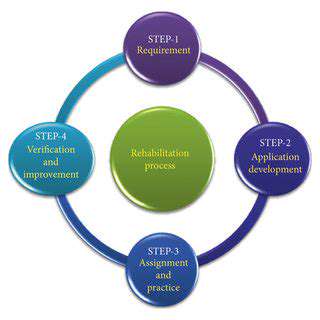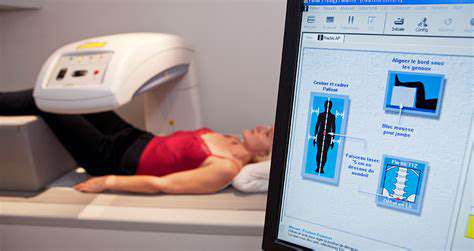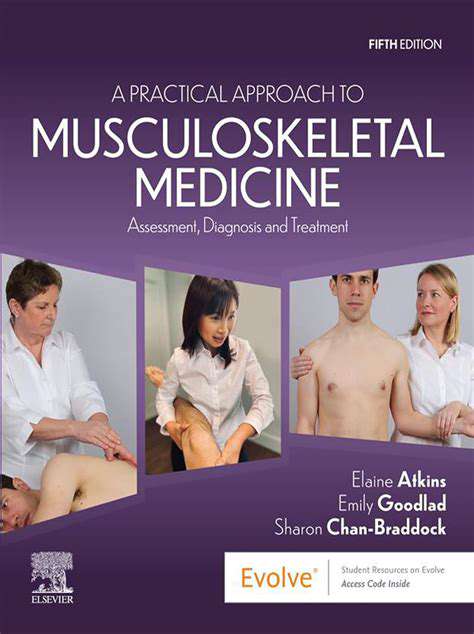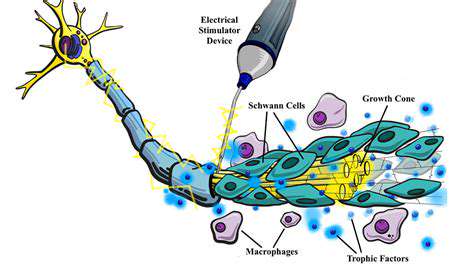This website is dedicated to all aspects of hand and arm health. We cover the latest surgical trends, such as revolutionary techniques in hand surgery and advancements in robotic arm prosthetics. There are detailed guides on injury prevention, like how to avoid wrist injuries and repetitive strain injuries. We also offer a plethora of exercises for different groups - from athletes looking to optimize hand strength for sports to seniors aiming to improve hand mobility. Our content includes in - depth looks at hand and arm anatomy, the role of nutrition in hand health, and how to manage common conditions like carpal tunnel syndrome and hand arthritis. Whether you're seeking information for personal health or professional knowledge, our blog is a reliable source for hand and arm health insights.
Managing Chronic Wrist Pain: Expert Advice and Strategies
Jun 08, 2025
Cutting Edge Methods in Finger Flexibility Training
Jun 08, 2025
Digital Innovations Driving Wrist and Hand Therapy
Jun 08, 2025
Discover the Benefits of Incorporating Finger Stretches into Your Daily RoutineAre you looking to enhance your hand flexibility, prevent discomfort, and boost overall hand health? Incorporating finger stretches into your daily routine offers numerous benefits that can improve your quality of life, whether you spend your day typing, playing an instrument, or engaging in manual activities. This comprehensive guide explores how finger stretches can improve flexibility, prevent injuries, and promote better hand function. Improve Flexibility and Range of MotionOne of the primary advantages of regular finger stretching is increased flexibility and a broader range of motion. By consistently stretching your fingers, you help loosen tight muscles and tendons, making everyday movements smoother and more comfortable. This can be especially beneficial for individuals experiencing stiffness due to aging, repetitive strain, or injuries. Enhanced flexibility not only makes daily tasks easier but also reduces the risk of strains and sprains. Prevent Hand and Finger InjuriesIncorporating finger stretches into your routine can serve as a preventive measure against common hand injuries, such as tendonitis, carpal tunnel syndrome, and repetitive strain injuries. Stretching helps maintain healthy tendons and ligaments, reducing the likelihood of overuse injuries that can develop over time. Whether you’re an athlete, musician, or office worker, consistent finger stretches can help keep your hands resilient and injury-free. Relieve Tension and Reduce PainFinger stretches are effective in alleviating tension built up from prolonged typing, gaming, or other repetitive hand movements. Stretching promotes blood flow, relaxes tight muscles, and eases discomfort. Regularly practicing finger stretches can also help diminish symptoms of conditions like arthritis, providing relief from stiffness and soreness. Enhance Hand Strength and DexterityBeyond flexibility, finger stretching exercises can improve hand strength and dexterity. Stronger, more agile fingers enhance your ability to perform intricate tasks with precision, whether you’re playing a musical instrument, working on crafts, or handling delicate objects. Incorporating simple stretches can contribute to better coordination and control. Easy and Accessible for EveryoneIntegrating finger stretches into your daily routine is simple and requires no special equipment. Just a few minutes each day can yield significant health benefits. These exercises are suitable for all ages and fitness levels, making them an accessible way to maintain and improve hand health over time. ConclusionAdding finger stretches to your daily health regimen offers a wide array of benefits, including improved flexibility, reduced injury risk, pain relief, and enhanced dexterity. To learn effective techniques and incorporate them into your routine, explore resources such as groundbreaking arm muscle repair techniques and hand health tips. Prioritize your hand wellness today by making finger stretching a simple yet powerful part of your daily habits.---Optimize your hand health and enjoy the benefits of flexible, strong fingers—start stretching today for a healthier, more comfortable tomorrow!
Jun 07, 2025
Insights on Finger Tendon Repair Strategies
Jun 07, 2025
Enhancing Hand Function Through Occupational Therapy
Jun 07, 2025
Creative Ideas for Finger Mobility Enhancement
Jun 06, 2025
Best Practices for Maintaining Hand Flexibility
Jun 06, 2025
Premier Approaches to Finger Coordination and Control
Jun 06, 2025
Advanced Workouts for Maximizing Hand Performance
Jun 05, 2025
Modern Therapies for Accelerated Arm Recovery
Jun 05, 2025
Advanced Methods for Reducing Wrist Inflammation
Jun 04, 2025
Protocols for Restoring Hand Joint Integrity
Jun 04, 2025
Advanced Imaging Techniques for Hand and Arm Diagnostics
Jun 03, 2025
Breakthrough Research in Hand Nerve Regeneration
Jun 02, 2025
